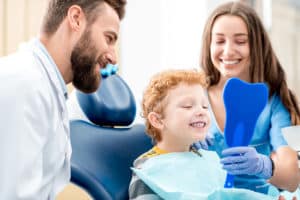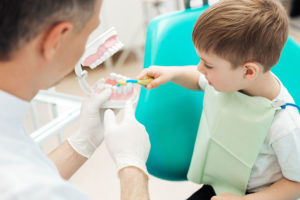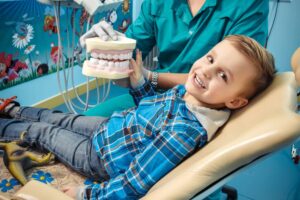
When Should My Child See an Orthodontist?
Seeking early orthodontic treatment is a big step, not only for your child, but for you as well. Figuring out the means necessary to fix the issues, not to mention finding ways to finance the treatment can seem like a daunting task, and you may think putting it off is the best decision. While there may not be












